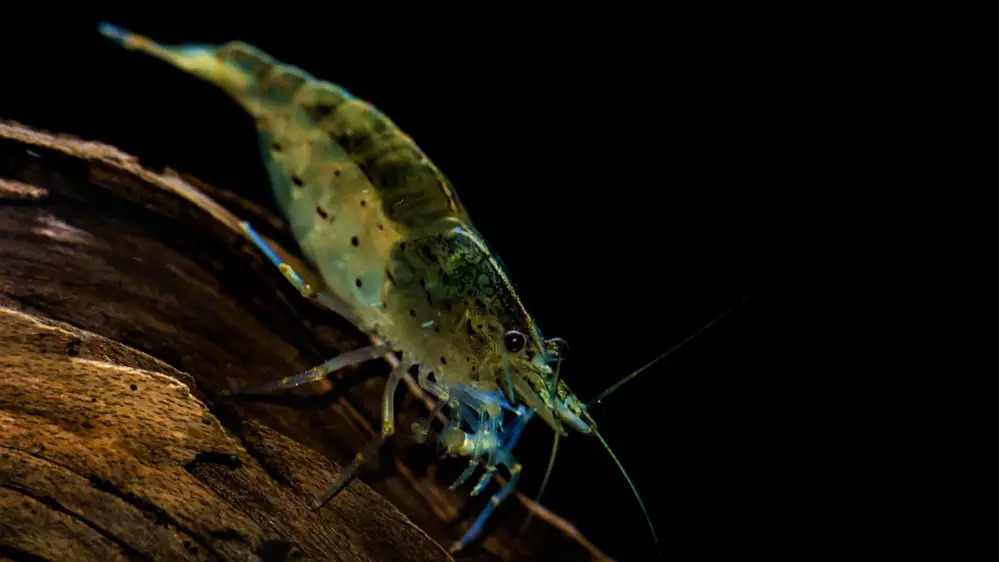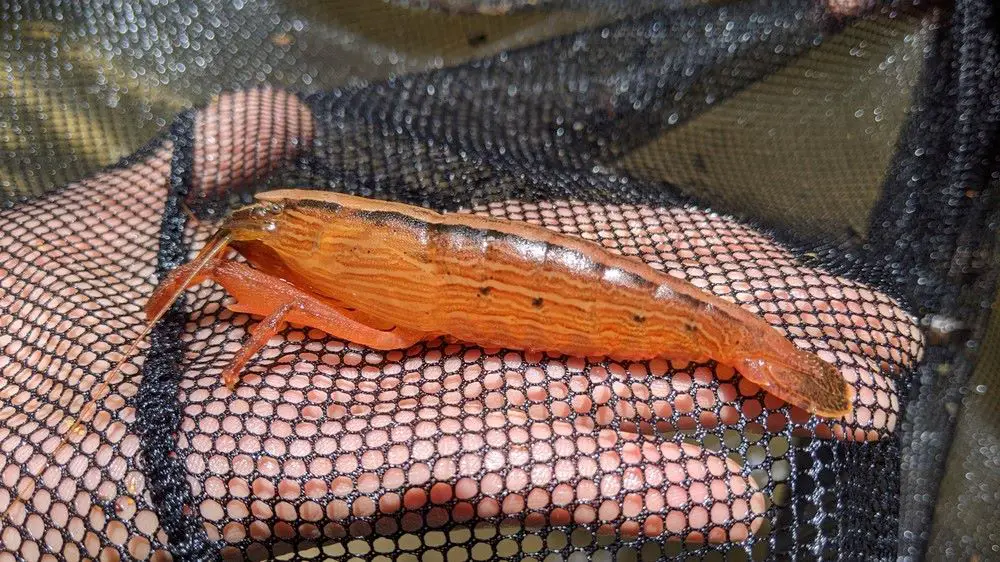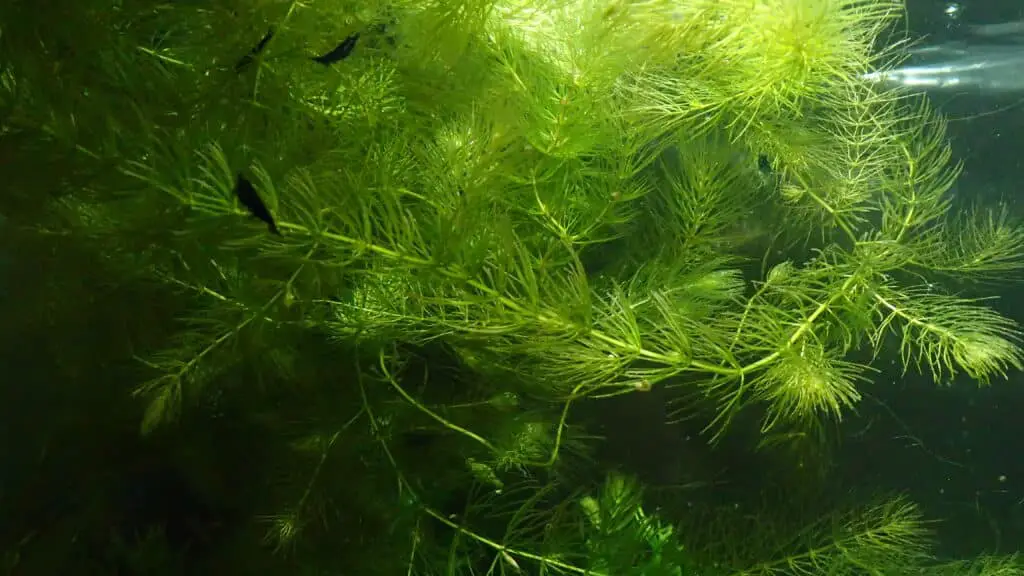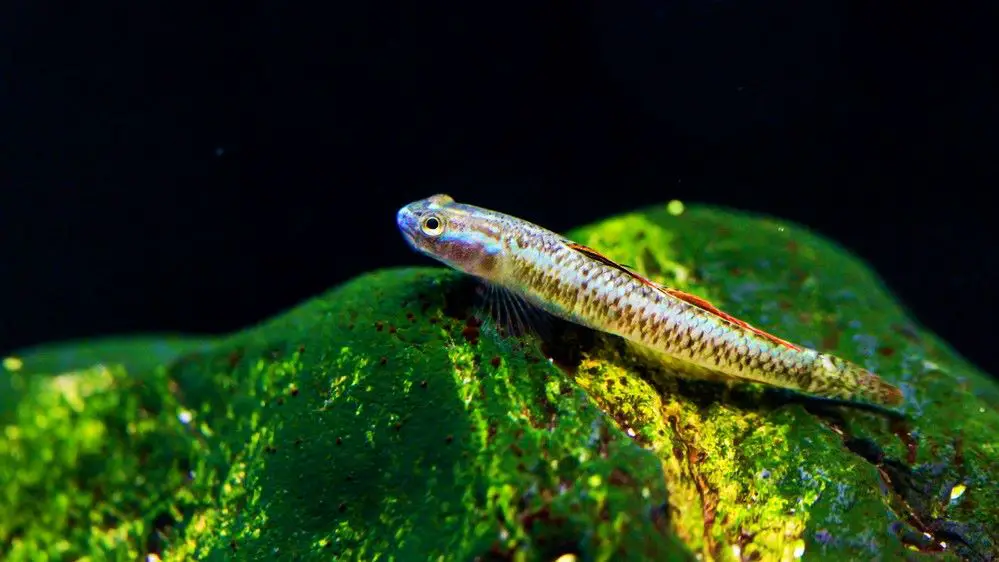So you are here wondering if you can keep a particular type of fish with shrimp? Perhaps a goby, with its sleek body and curious eyes, has caught your attention at the local pet store. But can these two aquatic species coexist peacefully in the same tank?
The short answer is no, you generally cannot keep gobies with shrimp, unless they are larger types like Amano shrimp and bamboo shrimp. Gobies have a tendency to eat anything that can fit into their mouths, which, when extended, can be surprisingly large.
I remember the first time I set up my aquarium many moons ago. The world of aquatic life was a fascinating mystery, full of vibrant colors and intriguing behaviors. I started with a small group of shrimp, their tiny bodies darting around the tank, their antennae twitching with curiosity. They were my underwater companions, and I was eager to expand their community.
The idea of introducing gobies into my shrimp haven was a tempting one. Their sleek bodies and playful demeanor seemed like the perfect addition to my aquatic family. But, as I soon discovered, this was a path fraught with challenges.
My first attempt was a disaster. I woke up one morning to find my shrimp population drastically reduced. The gobies, it seemed, had found a new source of food. I was heartbroken. But, as any dedicated aquarist knows, setbacks are part of the journey.
I began to research, seeking advice from fellow enthusiasts and experts alike. I learned about the predatory nature of gobies and their surprisingly large appetites. It was a tough lesson, but it led me to a greater understanding of the delicate balance of life in an aquarium.
me to a greater understanding of the delicate balance of life in an aquarium.
Over the years, I’ve found ways to successfully keep larger shrimp species, like Amano and bamboo shrimp, with gobies. These shrimp are big enough to avoid becoming a goby’s dinner. It’s not always easy, and it requires careful monitoring and management, but it’s possible.
So, if you’re considering adding gobies to your shrimp tank, I hope my experiences can guide you. Remember, the world of aquatic life is full of surprises, and sometimes, the most important lessons come from the challenges we face.

What Types of Shrimp Can Coexist with Gobies?
When it comes to keeping shrimp with gobies, size matters. Gobies are opportunistic feeders who eat anything that fits into their mouths. This means smaller shrimp species, such as cherry shrimp or ghost shrimp, will likely become a goby’s next meal. However, larger shrimp species have a better chance of coexisting with gobies.
Amano shrimp, named after the famed aquarist Takashi Amano, are one such species. These shrimp can grow up to 3 inches in length, making them a less appealing target for gobies. They are also known for their hardy nature and ability to adapt to various water conditions, making them a popular choice for many aquarists.
Bamboo shrimp, also known as wood shrimp, are another species that can coexist with gobies. These shrimp are even larger than Amano shrimp, reaching lengths of up to 6 inches. Bamboo shrimp are filter feeders, meaning they use their fan-like appendages to filter food particles out of the water. This unique feeding behavior can make them a fascinating addition to your aquarium.
shrimp, are another species that can coexist with gobies. These shrimp are even larger than Amano shrimp, reaching lengths of up to 6 inches. Bamboo shrimp are filter feeders, meaning they use their fan-like appendages to filter food particles out of the water. This unique feeding behavior can make them a fascinating addition to your aquarium.
However, it’s important to note that even with larger shrimp species, safety’s not guaranteed. Gobies are unpredictable and may still attempt to eat larger shrimp. Therefore, monitoring your tank closely and taking action if you notice any signs of predation is crucial.
Every aquarium is a unique ecosystem, and what works in one tank may not work in another. It’s always best to do your research and consider your aquatic pets’ specific needs and behaviors before introducing new species into the mix.

How Can I Ensure the Safety of My Shrimp When Keeping Them with Gobies?
Ensuring the safety of your shrimp when they share a tank with gobies can be a bit of a challenge, but it’s not impossible. The first step is to choose the right kind of shrimp. As we’ve discussed, larger shrimp species like Amano and bamboo shrimp are less likely to become a goby’s dinner due to their size.
Next, consider the layout of your aquarium. Providing plenty of hiding spots can give your shrimp a better chance of survival. This can be achieved by adding plants, rocks, or driftwood to your tank. These elements enhance the aesthetic appeal of your aquarium and create a more natural and comfortable environment for your shrimp. They can retreat to these safe zones if they feel threatened by the gobies.
Feeding your gobies adequately is another crucial aspect. Gobies are less likely to prey on your shrimp if they are well-fed. Make sure to provide a varied diet that meets their nutritional needs. This can include high-quality fish flakes , pellets, and occasional treats of live or frozen foods like brine shrimp or bloodworms.
, pellets, and occasional treats of live or frozen foods like brine shrimp or bloodworms.
Monitoring your tank regularly is also essential. Keep an eye out for any signs of aggression or predation. If you notice that your gobies are still attempting to eat the shrimp despite your best efforts, it may be necessary to separate them.
Lastly, remember that every goby and shrimp are individuals with their own behaviors. Some gobies may never show interest in your shrimp, while others might see them as a tasty snack. It’s all about understanding and catering to the unique dynamics of your aquarium.

What Are the Signs That Gobies Are Preying on My Shrimp?
Detecting signs of predation in your aquarium can be a bit tricky, especially if you’re dealing with small, elusive creatures like shrimp. However, there are a few telltale signs that your gobies might be preying on your shrimp.
One of the most obvious signs is a sudden decrease in your shrimp population. If you notice that your shrimp numbers are dwindling without any other apparent cause, such as disease or poor water conditions, it’s possible that your gobies are eating them.
Another sign is observing aggressive behavior from the gobies towards the shrimp. This could include chasing, nipping, or cornering the shrimp. Gobies are generally peaceful fish, but they can become aggressive when hunting.
You might also notice changes in your shrimp’s behavior. If they are constantly hiding or seem unusually stressed, it could be a sign that they are being preyed upon. Shrimp under threat often retreat to hiding places and become less active during the day.
Lastly, you might actually witness a goby eating a shrimp. While this can be distressing to see, it’s a clear indication that your gobies are preying on your shrimp. If you observe this behavior, it’s important to take immediate action to protect your remaining shrimp.
Remember, the key to maintaining a healthy and harmonious aquarium is regular observation and prompt action when problems arise. If you suspect that your gobies are preying on your shrimp, consider separating them or implementing strategies to protect your shrimp.

Are There Any Gobies That Are Less Likely to Eat Shrimp?
While gobies are generally known to be opportunistic feeders, not all gobies pose the same level of threat to shrimp. Some species of gobies are less likely to prey on shrimp due to their smaller size, dietary preferences, or temperament.
One such species is the Bumblebee Goby. These tiny gobies, usually not growing more than 1.5 inches, are less likely to see larger shrimp as potential food due to their small mouth size. However, they might still pose a threat to smaller shrimp species.
Another species to consider is the Neon Goby. Known for their vibrant blue stripes, Neon Gobies are small, peaceful fish that are often used in reef tanks due to their compatibility with a wide range of species. They primarily feed on parasites and dead skin off larger fish, making them less likely to prey on shrimp.
However, it’s important to remember that individual behaviors can vary, and there are no guarantees regarding nature. Even gobies that are typically safe to keep with shrimp might occasionally exhibit predatory behavior. Therefore, monitoring your tank closely and taking action if you notice any signs of predation is crucial.
While there are gobies that are less likely to eat shrimp, it’s always best to do thorough research and consider the specific needs and behaviors of your aquatic pets before introducing new species into your aquarium.

In Closing: The Delicate Dance of Gobies and Shrimp
In a nutshell, the cohabitation of gobies and shrimp in an aquarium is a delicate balance that requires careful planning, observation, and management. While it’s generally not recommended to keep gobies with smaller shrimp species, larger shrimp like Amano and bamboo shrimp can coexist with gobies under the right conditions.
Remember, the key to a harmonious aquarium is understanding your aquatic pets’ unique needs and behaviors. Provide plenty of hiding spots for your shrimp, feed your gobies adequately, and closely monitor their interactions.
And if you’re considering introducing gobies that are less likely to eat shrimp, species like Bumblebee Goby, Neon Goby, and Green Clown Goby might be worth looking into. But always remember, individual behaviors can vary, and there are no guarantees in nature.
Ultimately, the world of aquatic life is full of surprises, and sometimes, the most important lessons come from the challenges we face. So, don’t be disheartened if things don’t go as planned. Use these experiences as opportunities to learn and grow as an aquarist.
On a final note, if you ever need help or advice, don’t hesitate to reach out. If you can’t reach me here, check out the ‘Aquarium Shrimp Keeping’ group on Facebook. A whole community of fellow enthusiasts is more than willing to share their knowledge and experiences.
Happy Shrimp (and Goby) Keeping!
FAQ: Gobies and Shrimp in the Same Aquarium
Q: Can you keep goby with shrimp? A: Generally, it’s not recommended to keep gobies with smaller shrimp species as gobies may prey on them. However, larger shrimp like Amano and bamboo shrimp can coexist with gobies under the right conditions.
Q: What gobies pair well with shrimp? A: Some gobies are less likely to prey on shrimp due to their smaller size, dietary preferences, or temperament. Bumblebee Goby, Neon Goby, and Green Clown Goby are some species that might be worth considering.
Q: Will freshwater gobies eat shrimp? A: Yes, freshwater gobies can and will eat shrimp if given the opportunity. They are opportunistic feeders and will eat anything that can fit into their mouths, including smaller shrimp.
Q: What does the shrimp do to the goby? A: In some cases, shrimp and gobies can form a symbiotic relationship. For example, in the wild, some shrimp species will build and maintain burrows that provide both the shrimp and the goby with protection. The goby acts as a lookout, warning the shrimp of approaching predators.
Q: Can Bumblebee Goby live with shrimp in the same tank? A: Bumblebee gobies can live with larger shrimp species in the same tank. However, they may prey on smaller shrimp species. It’s always best to monitor the tank closely to ensure the safety of all inhabitants.
